Mustafa Prize winner: Iran pioneer in nanotechnology, its medical advances amazing
An internationally-renowned Iranian scientist and this year's winner of Iran's prestigious Mustafa Prize for science and technology has hailed the country's great advances in the fields of nanotechnology and medicine.
“Iran has always been far ahead in the field of nanotechnology,” Omid Farokhzad, who has won the prize for design, development, and clinical translation of novel polymeric nanomedicines used to treat various diseases, especially cancer, said on Monday.
“A couple of years ago, Iran ranked seventh in the world [in the field of nanotechnology]. In this trip, I understood that Iran now ranks fourth, which is really a source of pride,” Farokhzad said.
“I came across a couple of [Iranian] medical companies, [and witnessed that] the work they do is really extraordinary. Therefore, I think the medical progress that has been made, and also the progress made towards making its products marketable is far ahead of what I used to think,” he added.
Omid Farokhzad is the Chair and Chief Executive Officer for Seer and also serves as Director of Senti Bio and Chair of PrognomiQ. He has authored over 180 papers and is an inventor of over 200 issued and pending patents.
Iran's annual Mustafa Prize ceremony pays tribute to leading researchers and scientists of the Islamic world.
Farokhzad's remarks came as Iran’s nanotechnology industry has grown exponentially over the last decade.
The sector has revolutionized the fields of aerospace, homeland security, and information technology among many others.
In August, Iran wrested the world’s fourth place in this field in terms of its contribution in the area of nanotechnology-related scientific articles.
The available data shows that the number of such articles that have been indexed in the Web of Science (WoS) -- the world's oldest, most widely used and authoritative database of research publications and citations -- has risen from only eight articles in 2000 to as many as 11,473 articles in 2022.
By the end of 2022, Iranian scientists also registered a total of 312 nanotechnology inventions with patent offices located across the United States and Europe. The figure equals 0.3 patents for every 100 articles and also comprises 31 percent of the entire patents registered with American and European patent centers.
Israel abducts patients, doctors from Gaza hospital as war on health sector condemned
Iran warns against anti-Tehran resolution after commitments verified by IAEA
Hamas: ‘Sanctions reveal US support for Israel, its crimes’
VIDEO | Press TV's news headlines
US senators call to block arms sales to Israel over genocide in Gaza
Iran summons British envoy over shipping sanctions
VIDEO | Aggression vs Lebanon near end?
Afghan refugees benefitting from Iran’s heavy subsidies: Report


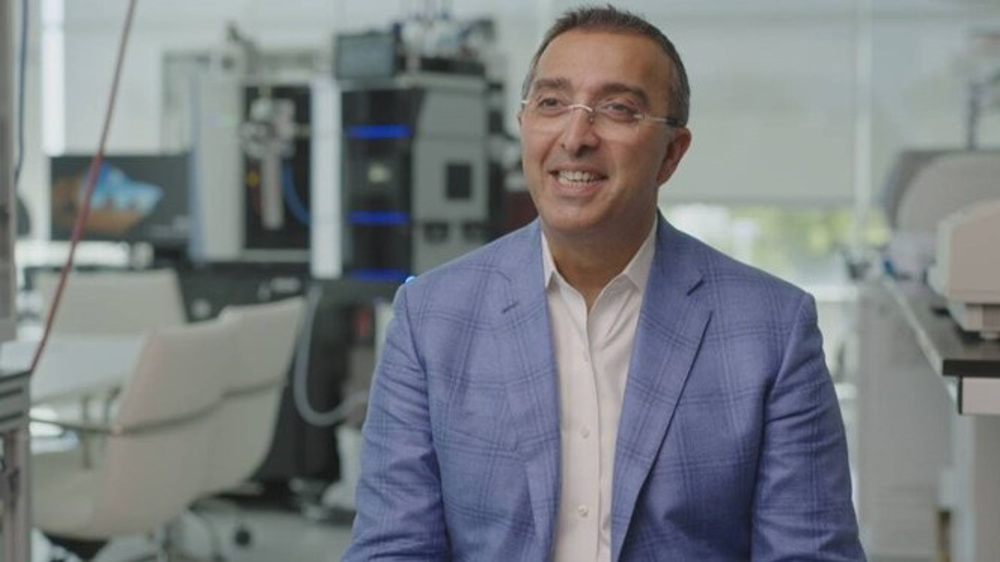
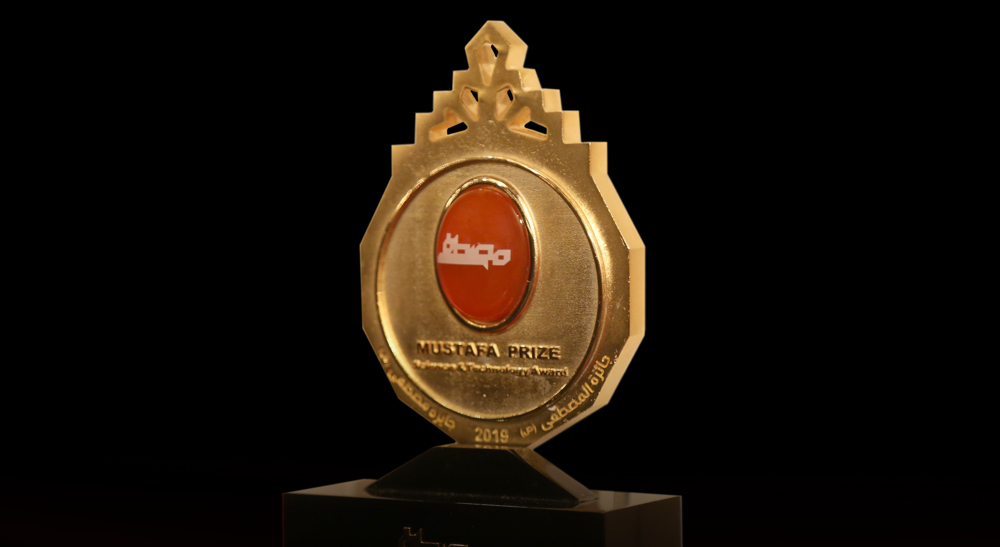
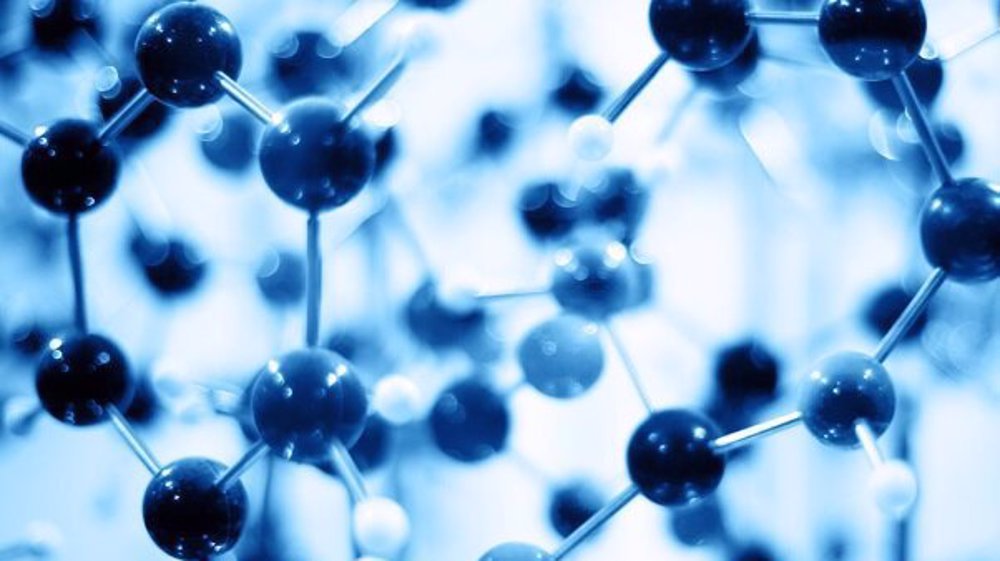

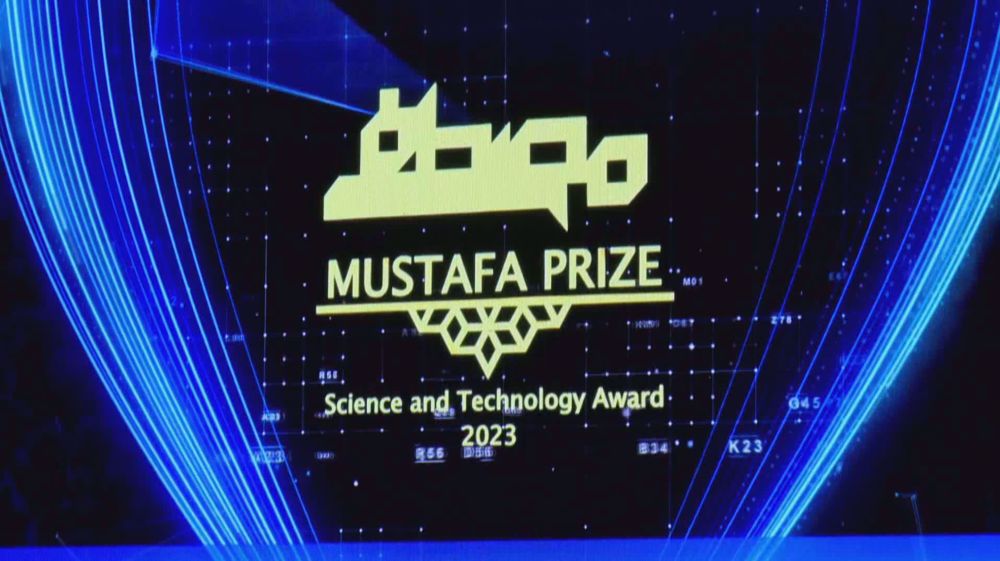




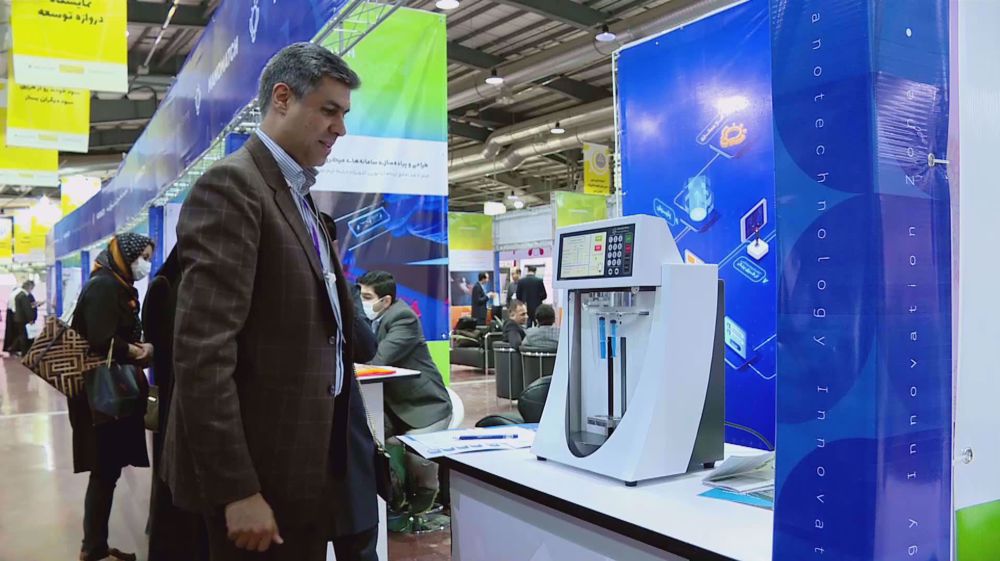
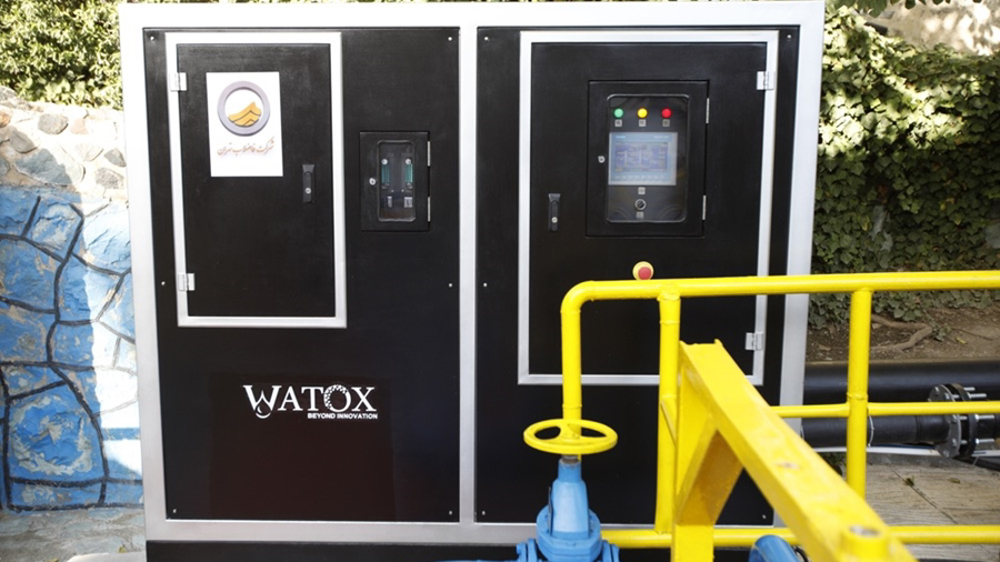
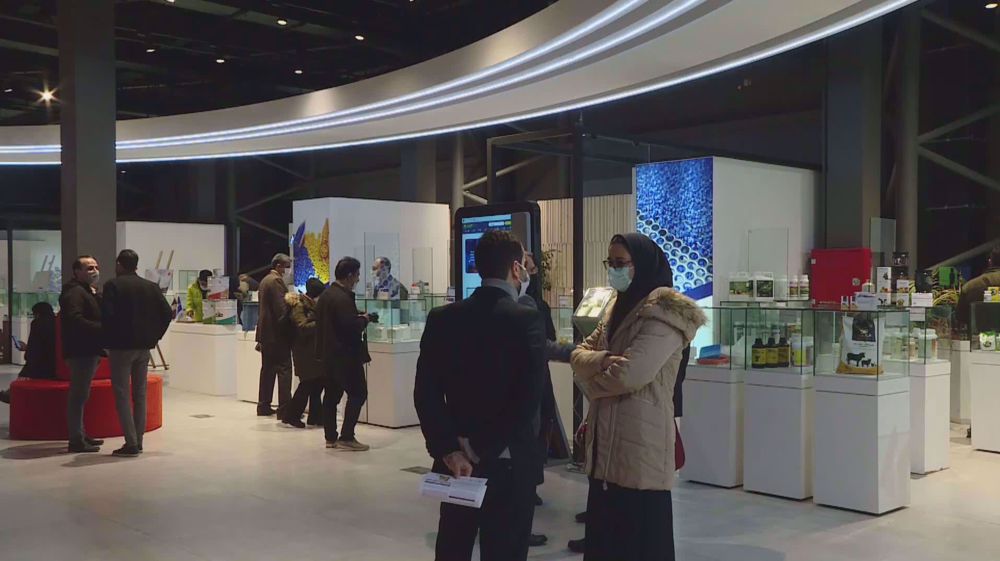

 This makes it easy to access the Press TV website
This makes it easy to access the Press TV website